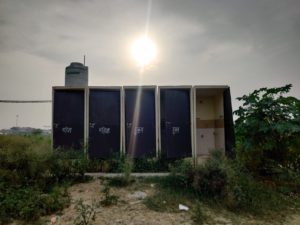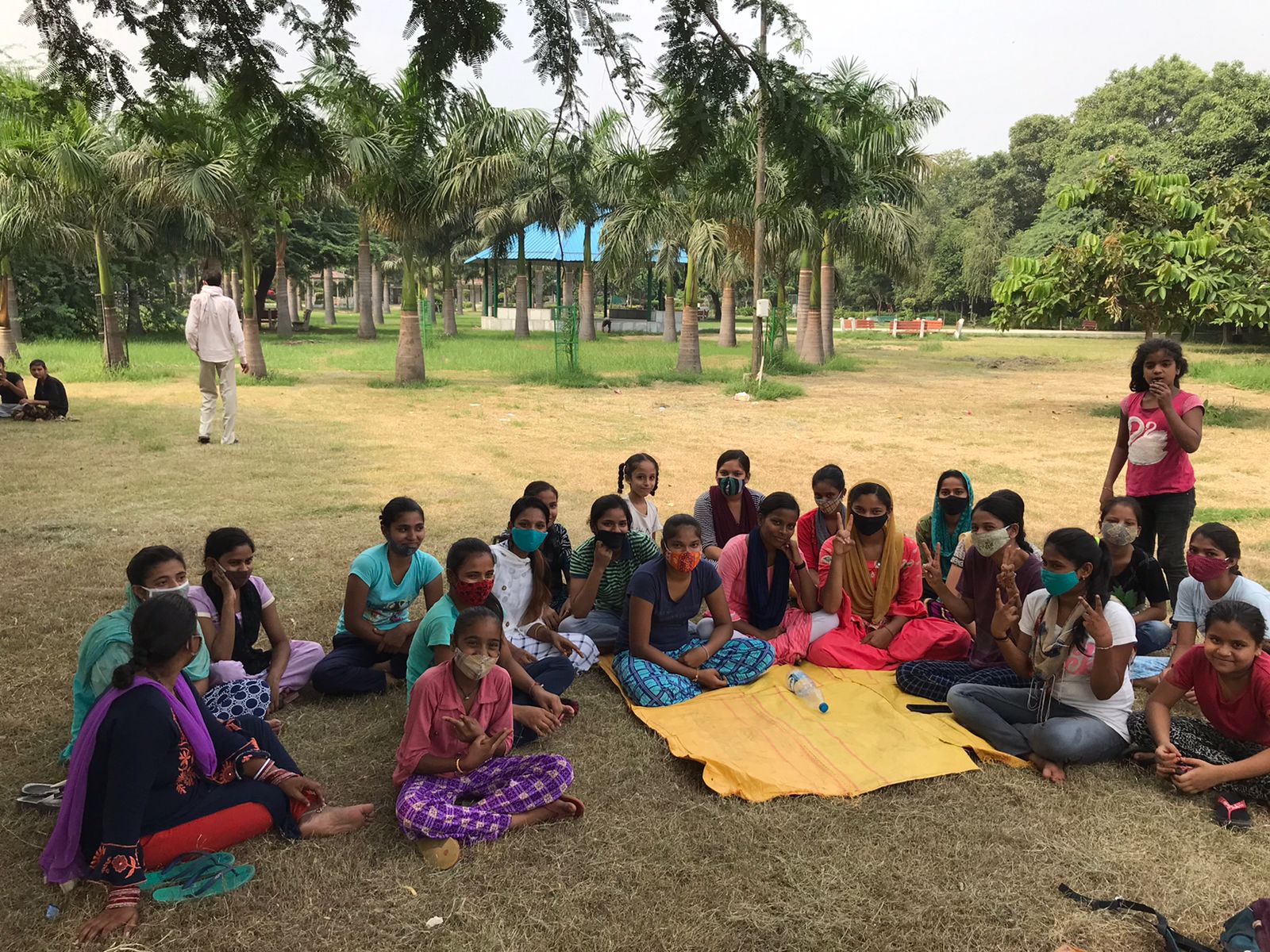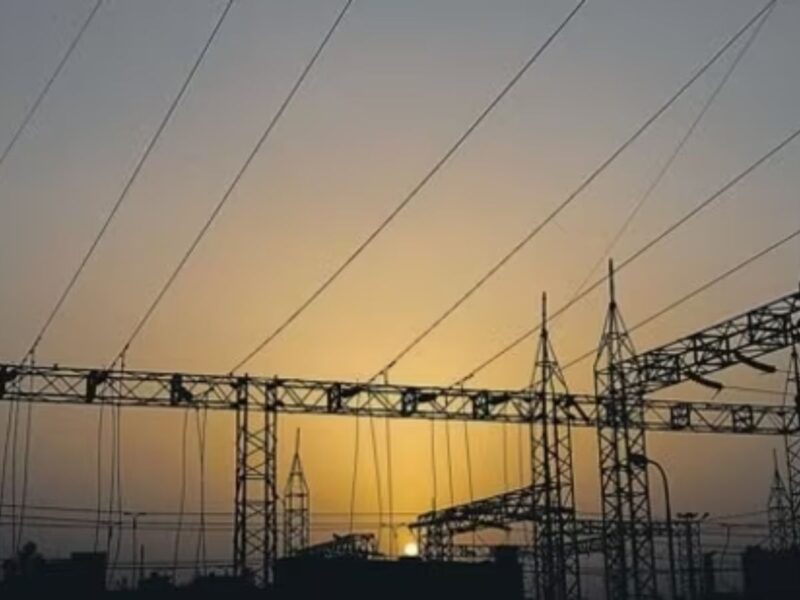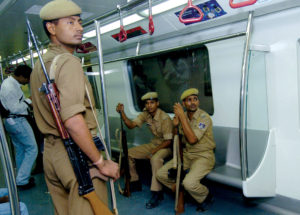From lack of awareness to proper access to sanitary napkins – menstrual hygiene in the Capital city is in shambles. More so, amid a global pandemic – when lockdown deters school going girls to have easy access to pads, and the right knowledge on their monthly cycle
Prabha, a class 8 student, got her periods for the first-time during the lockdown last year. At that time schools — which play a critical role in educating girls about sanitation and supplying pads — were closed. Thankfully, she had her elder sister Jyoti as her guide to educate her about the use of sanitary napkins. Still, the onset of puberty came as a rude shock to the teenager, as she experienced excruciating period pains for the first time.
“I experienced intense pain in my thighs and stomach,” a coyish Prabha told us, indicating the body parts where she had pain. “I couldn’t work or do anything for five days” till the period lasted. Like her, at least five more girls got their period for the first time during lockdown in a slum in Pitampura. But they were not as lucky as Prabha and didn’t have a sister, who could guide them through their first time and educate them about taboos surrounding it.
They live in a slum, where around 350 families reside with only 12 toilets — six for men and six for women, as narrow lanes and small residential space don’t allow them to have separate toilets in their house. Adolescent girls have to use these toilets during their menstrual cycle.
Raza, Jyoti, Prabha, Pinky, Durga and all the other girls would go to the toilet sneakily during their cycle — hiding their pads, either in their pocket or in a black polythene. Younger girls like Prabha would ask her elder sister to come along for a few days until she becomes comfortable to go on her own.
Girls, however, don’t have a problem with the toilet issue in the Pitampura slum. “I change pads three times a day, when menstruating, and toilets are available for us,” said Durga. “We never waited, as at least one toilet would be free for us to use.”
But that didn’t seem to be the case in all of the slums. In our visits in slums of Delhi, we found access to toilets was a big issue. Residents of Peeragarhi’s Ambedkar camp, complain about the unhygienic condition of toilets. Based on the census slum population figures, Praja Foundation also found that, “there is currently one community toilet seat per 54 males and 55 females, while the Swachh Bharat Mission prescribes one toilet for 35 males and 25 females respectively.”
Moreover, India is reeling from taboos and stereotypes when it comes to menstruation. According to one study, 71% of adolescent girls in India are unaware of menstruation until they get it themselves. Jyoti’s sister Prabha was also among them. “When my sister got her periods, I gave her sanitary pads and told her about menstruation and why she was bleeding,” says Jyoti, who also volunteers with a nonprofit organisation.

Accessing sanitary pads is also a big issue. Although Delhi schools did distribute pads from time to time, this couldn’t fulfill the requirement, as these were distributed only to school going girls. There were many adolescent girls who dropped out of school or completed their 12th. “Some NGOs distributed pads, but there was a time last year when we had to buy it,” said Jyoti, who herself is in 2nd year of college.
“A child may have education of sanitary pads, but they couldn’t access it during lockdown,” says Dr. Mridula Tandon, medical doctor and founding member and President of SAKSHI NGO. Job losses made sanitary items unaffordable, therefore, women and girls had to depend on NGOs for help. “Sanitary pads were not an essential item on survival lists, in that case. NGOs, like SAKSHI, distributed pads,”she said, further emphasising, “If dry ration is provided, why not sanitary products?”
“We included female sanitary products in our Covid relief packages that we distributed through social workers in slums,” adds Tandon.
Sonia, a class 12 student, while speaking about not getting access to sanitary napkins during lockdown said, “Our parents are daily wage labourers. During the lockdown, they were out of work and we had to rely on ration, which was sent by the government or NGOs. As we had no stable income, there was difficulty in accessing sanitary pads for a short while.” However, now with relaxation in lockdown access to sanitary products has improved.
Delhi government’s flagship Udaan Scheme to provide sanitary pads of one rupee, implemented from April 2019 is stuck for 17 months now , as a private company who had the contract expired in March 2020. This was part of the Central government’s Menstrual Hygiene Scheme (MHS), where the state government received funds from the Centre to buy pads.
In December 2020, The Delhi High Court asked civic bodies and the Delhi government to keep distributing pads for school going girls and those who dropped out, and also to continue the awareness programs.
Awareness about sanitary practices is very crucial. Speaking about how the use of clothes, and other unhygienic regressive methods can put women at risk, Dr Akta Bajaj (Senior Consultant and Head – Obstetrics and Gynecology, at Ujala Cygnus Group of Hospitals) says, “The rate of infection risk definitely increases because blood is a source of infection.”
“In India, not all women are using proper sanitary pads during menstruation. At times they use dirty cloth and in spite of teachings, they do not change their pads until they are completely soaked. This can cause infections, as pads should be changed every four to six hours,” adds Dr Bajaj.
She further points out that women may face a lot of problems that could be linked to thyroid, PCOS, obesity, anorexia, among others, that could affect their menstrual cycle. These are very common within two to three years after menarche, the occurrence of first period. For that doctor’s consultation is very important, and treatment during this period doesn’t necessarily require medications. Still, “It is seen that women from underprivileged backgrounds are hesitant to visit a gynecologist. But this is an overall issue in India, where women do not visit doctors if they are, for example, having irregular periods or other issues. Even mothers hesitate to consult a gynecologist for their daughter,” she says.
We met 17-year-old Pinki, who couldn’t follow up her treatment for irregularities in her periods. Once she did not get my periods for six months, and that’s when a worried Pinky went to see the doctor, along with her mother, “I visited the doctor only once who gave me medicines after consulting tests. But I did not go for a follow up after that,” she said.
Dr. Bajaj points out that unawareness is the biggest problem. She gave an example of Polycystic Ovary Syndrome (PCOS), saying “people don’t really understand it.” There has to be various factors to look at, like metabolic disorder, hormonal imbalance, menstrual irregularity, for PCOS, because it’s a complete syndrome. “But patients declare themselves having PCOS when they see their ultrasound report or if they are obese,” she says.
(Cover: Girls from Pitampura slums, who came to discuss about periods in a public park near their residence //Credit — Nikita Jain)





